Introduction to Sgraffito and Mishima: Unveiling Ceramic Techniques
Ceramic art offers a rich tapestry of techniques and styles, among which Sgraffito and Mishima stand out for their beauty and intricacy. These methods not only showcase the artist’s skill but also provide a window into the cultural histories from which they emerge. Understanding these techniques can deepen our appreciation of the craftsmanship involved in ceramics.
Sgraffito involves scratching through a surface to reveal a different color underneath, allowing for expressive and bold designs. In contrast, Mishima employs a delicate approach, where liquid clay is inlaid into incised lines to create stunning patterns. Both methods have unique characteristics that enhance the aesthetic quality of ceramic pieces.
In this article, we will explore the nuances of these two techniques, their historical significance, and practical applications in modern ceramics. Get ready to dive into an exciting world of artistic expression!

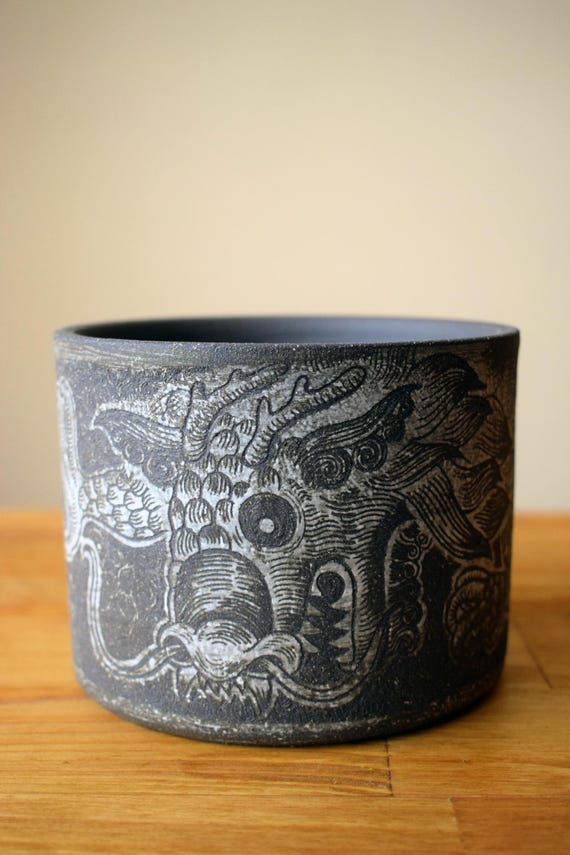
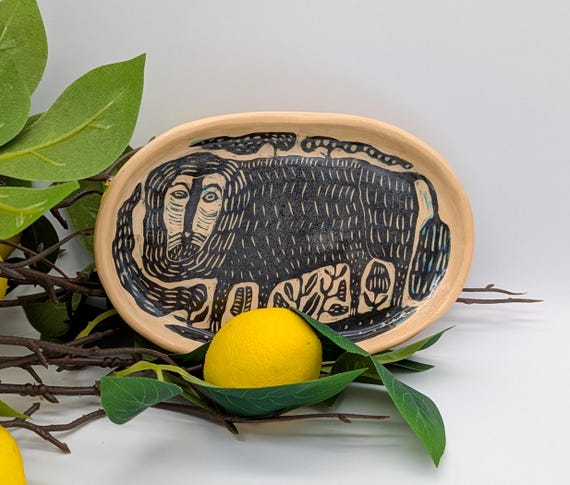
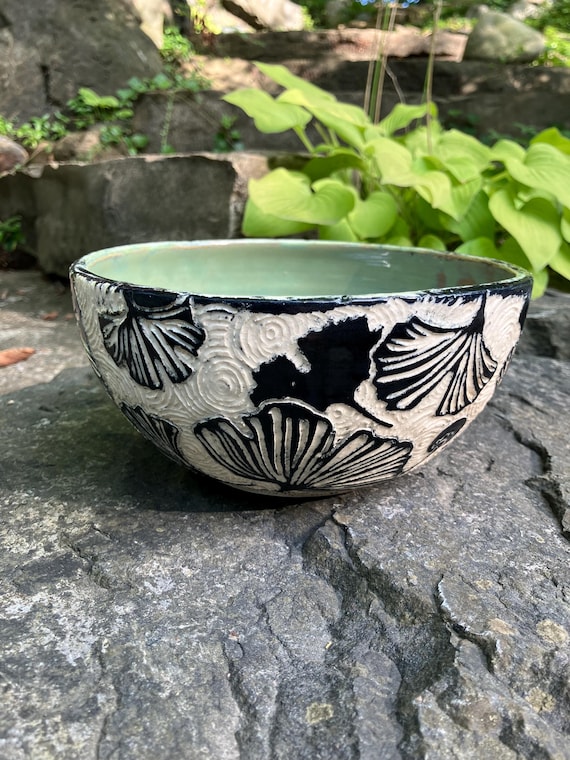
Master the Art of Sgraffito Pottery: A Complete Step-by-Step Guide
Understanding Sgraffito: Technique and History
Sgraffito is a captivating ceramic technique that combines simplicity and depth, enabling artists to create striking visual narratives on their pottery. The process is straightforward yet offers abundant room for creativity.
The Technique in Action
At its core, Sgraffito involves layering colored slips (liquid clay) on the surface of a pot or sculpture and then meticulously scratching away parts of the top layer to unveil a contrasting color beneath. This technique involves a few key steps:
- Preparation of the Clay: The potter begins with a bisque-fired piece, which is then coated with a layer of colored slip.
- Application of Designs: Once the slip has dried to a leather-hard state, artists use various tools such as wire, knives, or even one’s fingernail to draw or carve designs.
- Firing: After the artwork is completed, the piece is glazed and fired a final time. This not only sets the slip but also gives the surface a glossy finish, enhancing the visual interplay of colors.
Illustrative tools commonly used include:
A Historical Perspective
Historically, Sgraffito can be traced back to various cultures, each adding their unique touch. In ancient Italy, this technique was used to decorate pottery during the Renaissance, often showcasing intricate landscapes or floral motifs. The Spanish also embraced it, applying Sgraffito to tiles embellished with geometric designs.
In contrast, Middle Eastern artisans utilized similar scratching techniques, infusing their work with intricate calligraphy and patterns, emphasizing the cultural significance of Sgraffito across different societies. As trade routes opened, this method spread and evolved, continually being reinterpreted by artisans across the globe.
Contemporary Sgraffito
Today, many contemporary ceramicists apply traditional methods while also experimenting with modern themes. The results can be seen in functional pieces, artwork, and even installations that challenge our perceptions of ceramic art.
With its deep historical roots and evolving techniques, Sgraffito remains a potent expression of artistic identity. As we transition to Mishima, this understanding of layering and contrast will reveal even more nuanced applications in the world of ceramics.
The Art of Mishima: Crafting Intricate Designs
Mishima is a captivating technique that brings together rich traditions and intricate artistry to create stunning surface designs on ceramic pieces. Unlike Sgraffito, which emphasizes the contrast of colors through scratching, Mishima focuses on inlaid designs, resulting in beautifully detailed motifs that are both colorful and textured.
Materials and Tools
To embark on your Mishima journey, you’ll need specific materials and tools:
Step-by-Step Process
Crafting Mishima begins with a well-prepared ceramic form. The process can be summarized in these steps:
- Creating the Base: Begin with a leather-hard piece, ensuring it’s robust enough to withstand carving but still workable.
- Incising the Design: Use carving tools to create intricate patterns or images directly onto the surface of the clay. The designs can vary from simple lines to complex motifs.
- Applying the Slip: Once the design is complete, apply contrasting colored slip over the entire area. Gently scrape away the excess slip, ensuring it fills only the carved lines, creating a beautiful relief effect.
- Firing and Glazing: The piece is then bisque fired, followed by the application of a clear glaze before the final firing. The glaze brings out the vibrancy of the colors and adds a glossy finish.
This meticulous approach results in pieces like the stunning Lion-Illustrated Decorative Ceramic Plate, which exemplifies the intricate detailing and vibrant slip colors that make Mishima so appealing.
Aesthetic Outcomes
The outcome of Mishima is striking; the inlaid colors not only enhance visibility but also create a tactile experience that draws the viewer in. The interplay of light on the smooth glazed surface contrasts beautifully with the textured depth of the inlays, allowing for both visual and sensory engagement.
Mishima has gained a reputation among artists for its adaptability, providing a canvas for personal expression and storytelling through ceramic art. Whether it’s a decorative vase adorned with nature-inspired patterns or functional tableware that showcases intricate designs, the versatility of Mishima ensures that it remains a favorite amongst both creators and collectors.
As we move forward, it’s interesting to explore how Mishima and Sgraffito compare to each other, each offering unique artistic voices in the world of ceramics.
Comparative Analysis: Sgraffito vs. Mishima
In examining Sgraffito and Mishima, we find both distinct and overlapping qualities that set these two ceramic techniques apart. Understanding their similarities and differences not only enriches our appreciation for each method but also deepens our insight into the broader scope of ceramic artistry.
Technique and Execution
Sgraffito is characterized by the simple yet effective act of scratching through a colored surface to expose contrasting clay beneath. This technique allows for spontaneous and expressive designs, making it a popular choice among artists seeking to create visually dynamic pieces. The straightforward application invites experimentation, as artists can achieve diverse textures and patterns with various tools.
Mishima, in contrast, emphasizes precision and detail through its inlay technique. Here, the artist carves intricate designs into the clay surface and fills these incisions with colored slips before firing. This form demands more meticulous planning and execution, as the final appearance relies heavily on the complexity of the carved patterns and the layering of colors.
Visual Outcomes
When it comes to visual impact, the outcomes of Sgraffito and Mishima serve different aesthetic purposes:
Cultural Significance
Historically, both techniques are steeped in cultural richness. Sgraffito, with roots in Renaissance Italy and Middle Eastern traditions, showcases the blending of techniques across civilizations, adapting to various artistic expressions over time. It represents a free-spirited approach to ceramic decoration.
Mishima, deeply embedded in East Asian culture, especially Japanese pottery, exemplifies meticulous artistry and deep appreciation for natural beauty. The precision required in Mishima mirrors the philosophies surrounding Zen and the pursuit of perfection in craftsmanship.
Quick Reference Summary
| Aspect | Sgraffito | Mishima |
|---|---|---|
| Technique | Scratching through layers | Inlaying colored slip into carvings |
| Visual Style | Bold, graphic, abstract designs | Detailed, textured, narrative designs |
| Cultural Roots | European and Middle Eastern | Japanese and East Asian |
Both Sgraffito and Mishima contribute uniquely to the ceramic field, each offering a distinct voice for artists to express their creativity. As we shift focus to the practical applications of these techniques in contemporary ceramics, it becomes clear how artists today are blending traditions with modern approaches to enrich their artworks.
Practical Applications: Sgraffito and Mishima in Contemporary Ceramics
As we delve into the present landscape of ceramic artistry, it is fascinating to observe how contemporary artists are reinterpreting traditional techniques like Sgraffito and Mishima. These methods have found their place not just in decorative art but also in functional pottery, where innovative applications breathe new life into age-old practices.
Contemporary Uses of Sgraffito
Modern ceramicists employ Sgraffito to bring vibrant, narrative-driven surfaces to life. Notably, artists like Diana Fayt skillfully layer colored slips on porcelain, using the scratching technique to unveil intricate designs inspired by nature. For example:
Sgraffito is also praised for its accessibility, encouraging budding artists to experiment with surface design without needing extensive formal training. Workshops increasingly focus on this technique as an entry point into the broader world of ceramics.
The Role of Mishima Today
Meanwhile, proposals of Mishima extend into more refined ceramic expressions, where artists create complex designs reflecting personal stories or cultural commentaries. For instance, EunYoung Yoo uses the Mishima technique to explore themes of memory and place, crafting pieces that incorporate traditional patterns infused with personal symbolism. Key modern applications include:
Innovation and Integration
Both techniques are not confined to traditional themes; artists are increasingly weaving Sgraffito and Mishima into contemporary dialogues surrounding social issues and environmental concerns. For instance, Sharon Shapiro creatively combines these methods to address sustainability in ceramics, using reclaimed materials and glazes that incorporate naturally sourced colors to reflect ecological conversations.
A Showcase of Collaboration
Collaboration between artists from various disciplines further enhances these techniques. Exhibitions often highlight group shows where Sgraffito and Mishima pieces are paired with textiles or paintings, creating a multi-layered dialogue across art forms.
The versatility of Sgraffito and Mishima not only anchors them in their historical roots but also allows them to evolve. As contemporary artists push boundaries through new interpretations, these techniques will likely continue to adapt, inspiring future generations to embrace the legacy of ceramic art while crafting their unique expressions.
In the next section, we’ll provide practical tips on how anyone interested can get started with Sgraffito and Mishima, ensuring these beautiful techniques remain accessible and vibrant in today’s artistic realm.
Getting Started: Tips for Applying Sgraffito and Mishima Techniques
Embarking on your journey with Sgraffito and Mishima can be exciting and fulfilling! Here, we’ll provide you with practical tips to help you dive into these two dynamic ceramic techniques. Whether you are a seasoned artist or just starting, these guidelines will make your experience smoother and more enjoyable.
Materials You’ll Need
For both techniques, certain materials will enhance your creative process:
Best Practices for Sgraffito
When you’re ready to experiment with Sgraffito, keep these tips in mind:
Mastering Mishima
To excel in Mishima, follow these steps:
- Design Planning: Planning your design beforehand is crucial. Sketch it out on paper to visualize how it will look on your ceramic piece.
- Controlled Carving: As you carve, use gentle pressure to avoid pushing too deep into the clay. Consistency is key for a neat finish.
- Filling with Slip: After carving, meticulously fill the incised lines with colored slips using a brush. Use a damp sponge to clean excess slip off the surface to highlight your design.
Troubleshooting as You Go
Here are some common challenges and how to tackle them:
Resources for Learning
Don’t hesitate to look for additional inspiration and guidance:
By exploring Sgraffito and Mishima techniques and implementing these tips, you’re not just creating art—you’re becoming a part of a rich ceramic tradition. As you hone your skills, remember that experimentation is encouraged; it’s through trial and error that you’ll discover your unique artistic voice.
As we conclude this exploration, let us celebrate the enduring beauty and adaptability of Sgraffito and Mishima in contemporary ceramics.
Conclusion: Embracing the Beauty of Sgraffito and Mishima
In exploring the captivating techniques of Sgraffito and Mishima, we have delved into their rich histories, intricate methods, and contemporary applications. Both art forms not only enhance the visual appeal of ceramics but also allow artists to express their individuality and creativity.
As you consider your own artistic journey, we encourage you to experiment with these techniques. Embrace the beauty and complexity that Sgraffito and Mishima offer, and let them inspire your unique creations. Dive into the world of ceramic art with confidence, and you may discover endless possibilities waiting to be uncovered!

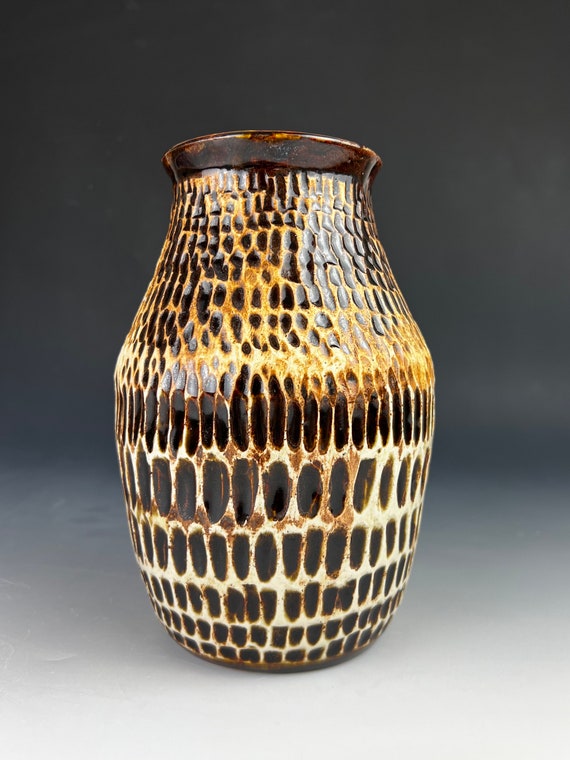


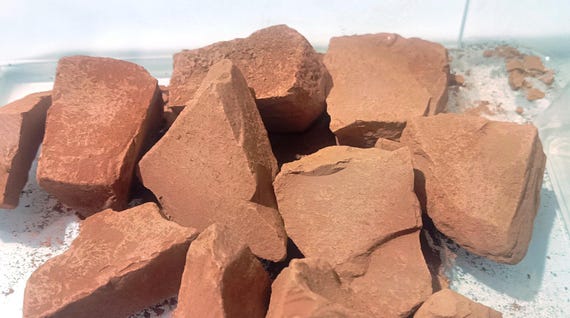
The comparison between Sgraffito and Mishima was super helpful! I always mixed them up, haha. Now I can finally tell them apart! 🙈 I’m curious though, which one is easier for beginners?
Great question, Ella! Sgraffito is generally considered more beginner-friendly, but it really depends on what you’re aiming to create.
I’d say start with Sgraffito. Mishima can get pretty intricate, but both are so rewarding!
Wow, I had no idea there was so much history behind Sgraffito! I always thought it was just a cool design technique. 😍 The way you explained the origins really makes me appreciate it more. Definitely looking into that unique sgraffito stoneware planter on Etsy! Anyone else planning to try these techniques?
Thanks for the feedback, Sarah! Sgraffito really does have a rich history, and it’s wonderful to see it gaining more appreciation.
I’m definitely thinking about it! I’ve been wanting to add some personal flair to my pottery.
That Ginkgo Leaf Sgraffito Bowl looks AMAZING! I’m not really into ceramics, but that’s a piece I’d love to have on my shelf. Makes me wanna learn how to make one!
Same! I’m not too crafty but that bowl just speaks to me. 😍
It really is a stunning piece! If you decide to try your hand at it, let us know how it goes!